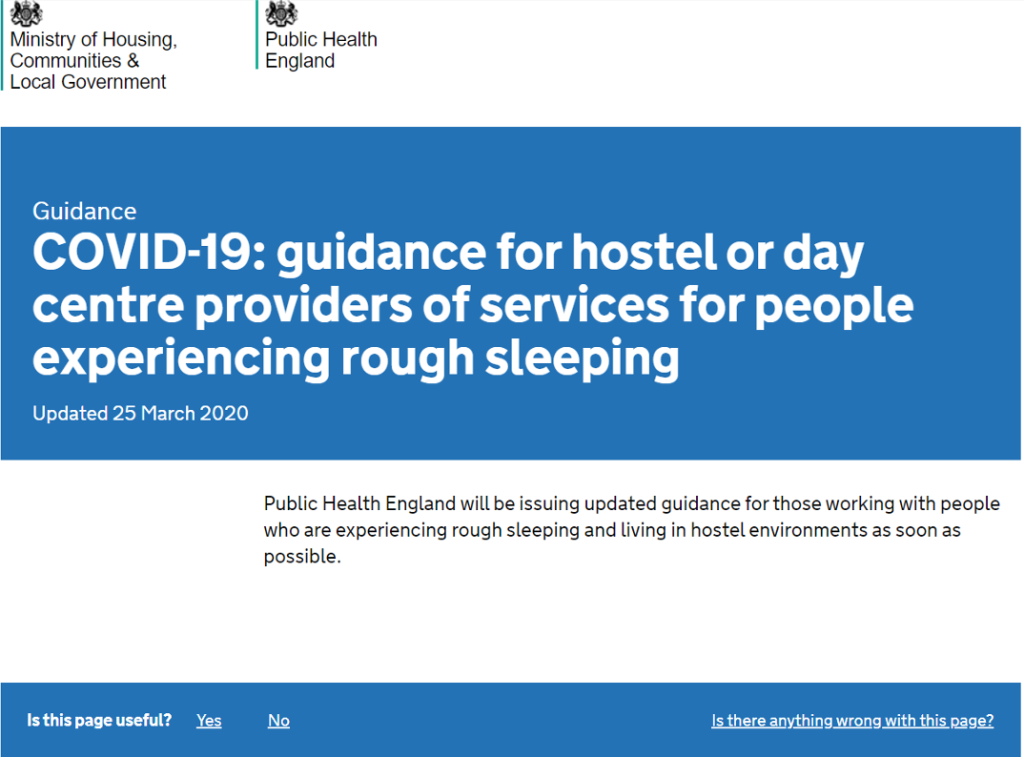Aimee Morse
Countryside and Community Research Institute
aimeemorse@connect.glos.ac.uk
@06aims
Prior to the coronavirus pandemic I had been planning to carry out in-person interviews with farmers and land managers across England to discuss their experiences of the Countryside Stewardship Facilitation Fund. The easing of restrictions from July 2021 meant that this was still a possibility; however, I offered alternative types of interview to ensure my participants could take part according to their preferences.
The relative merits of face-to-face, virtual (Zoom and similar platforms), and telephone interviews are examined in numerous studies which employ qualitative methodologies (e.g. Carr and Worth, 2001; Glogowska et al., 2010; Trier-Bieniek, 2012; Archibald et al., 2019; King et al., 2019). Though I was aware of the pros and cons of each interview type, I felt my new approach allowed me to explore participants’ experiences of the interview itself in the context of my work. I drew on Holt’s (2010) work with participants in telephone narrative interviews and included reflective questions at the end of my interviews.
Results
46% of my participants were happy to have their interview in person. Several felt strongly about this, stating that it was much better to sit down face to face to discuss their experiences as they felt more comfortable doing so:
Participant: I feel more comfortable talking face-to-face. I think you get better dialogue.
This was largely as a result of being able to read cues throughout the conversation, which provide richness and nuance for researcher and participant:
Participant: This is much better! Yeah, I can react to people, for instance if you give a smile every so often you think ‘I must be doing alright!’ Whereas you just hear sounds on the phone and you’ve got no idea.
Some participants also appreciated being able to point out specific documents and areas of their farm that were relevant to our conversation, something which others felt they were not able to do virtually or over the phone:
Participant: I expect that everything would be more illustrative and so more meaningful.
For some, their preference for speaking in-person was a result of negative experiences during telephone conversations, particularly through cold calls and when the conversations were of a serious nature. Several commented that they had appreciated meeting me at a group event prior to the call, as it gave them an idea of who I was and the work I was completing . This highlights the importance of building rapport with participants, regardless of the interview type.
Though several authors found that telephone interviews were more likely to be shorter than those conducted face-to-face, this was not my experience. In fact, some participants found that, because they could continue with their daily tasks while talking into the phone, they were able to talk for longer than if they had put time aside to sit down for an interview:
Aimee: Was it more convenient to talk over the phone
Participant: Yes, I’m sorting me dinner out!
This raises questions about how focused participants were during the interview; however, telephone participants did not need significant prompting in order to answer a question, nor did they need the questions repeating any more frequently than those who were interviewed virtually or in-person. A preliminary analysis of interview data also shows their answers to be related to the questions being asked.
Virtual interviews were felt to be the best of both worlds, saving time but also offering the visual cues those conducting interviews in-person found so valuable:
Participant: From my point of view it saves time and I much prefer it to a phone thing because being able to see you and speak to you, it’s as good as being in the same place.
Participants who completed an interview virtually did so as they felt comfortable using the tools, and we did not experience any technical issues during the calls. This highlights the importance of a reliable broadband connection and the need to become familiar with virtual tools. Participants noted that not everyone may be familiar with these tools, and recognised that frequent interruptions could have an impact on the interview quality.
Future use
As researchers, we should continue to recognise the value of carrying out interviews in person. Meeting face-to-face allows us the opportunity to build rapport with our participants and provides nuance which may be lacking in other types of interview. However, there is value in considering the other types available to us, for reasons other than cost and efficiency!
Offering participants the opportunity to take part in the type of interview which works best for them can make the research process more accessible and inclusive. Several of my participants also noted the reduced climate impact of virtual and telephone interviews, something which may become an increasingly important ethical consideration in research projects of all kinds.
Bibliography
Archibald, M., Ambagtsheer, R., Casey, M. and Lawless, M. (2019) ‘Using Zoom Videoconferencing for Qualitative Data Collection: Perceptions and Experiences of Researchers and Participants’, International Journal of Qualitative Methods, 18, https://doi.org/10.1177/1609406919874596.
Carr, E. and Worth, A. (2001) ‘The use of the telephone interview for research’, Journal of Research in Nursing, 6(1), pp. 511-524, https://doi.org/10.1177/136140960100600107.
Glogowska, M., Young, P. and Lockyer, L. (2010) ‘Propriety, process and purpose: considerations of the use of the telephone interview method in an educational research study’, Higher Education, 62, pp. 17-26.
Holt, A. (2010) ‘Using the telephone for narrative interviewing: a research note’, Qualitative Research, 10(1), pp. 113-121, https://doi.org/10.1177/1468794109348686.
King, N., Horrocks, C. and Brooks, J. (2018) Interviews in Qualitative Research, 2nd Edition, London: SAGE.
Trier-Bieniek, A. (2012) ‘Framing the telephone interview as a participant-centred tool for qualitative research: a methodological discussion’, Qualitative Research, 12(6), pp. 630-644, https://doi.org/10.1177/1468794112439005.
